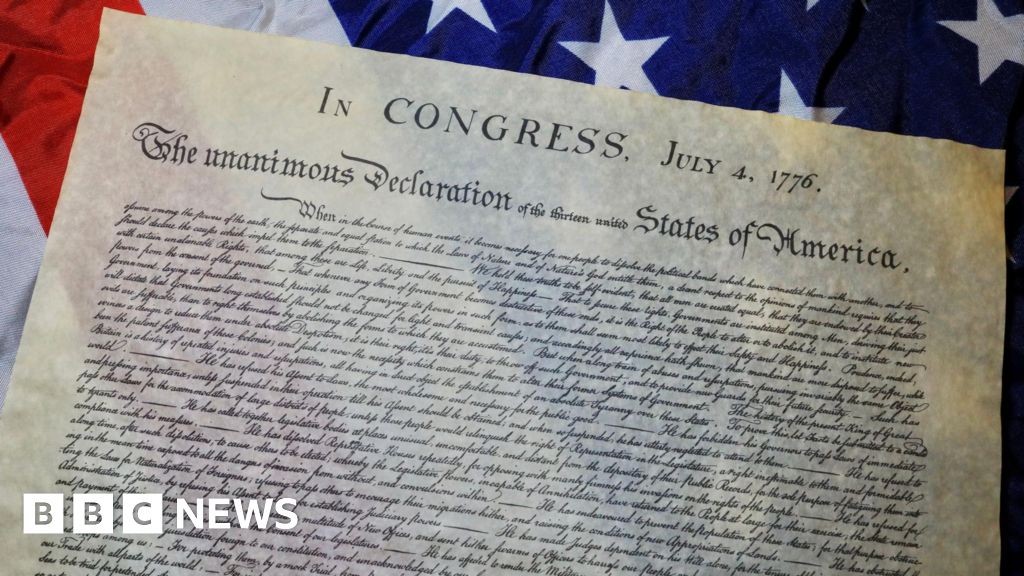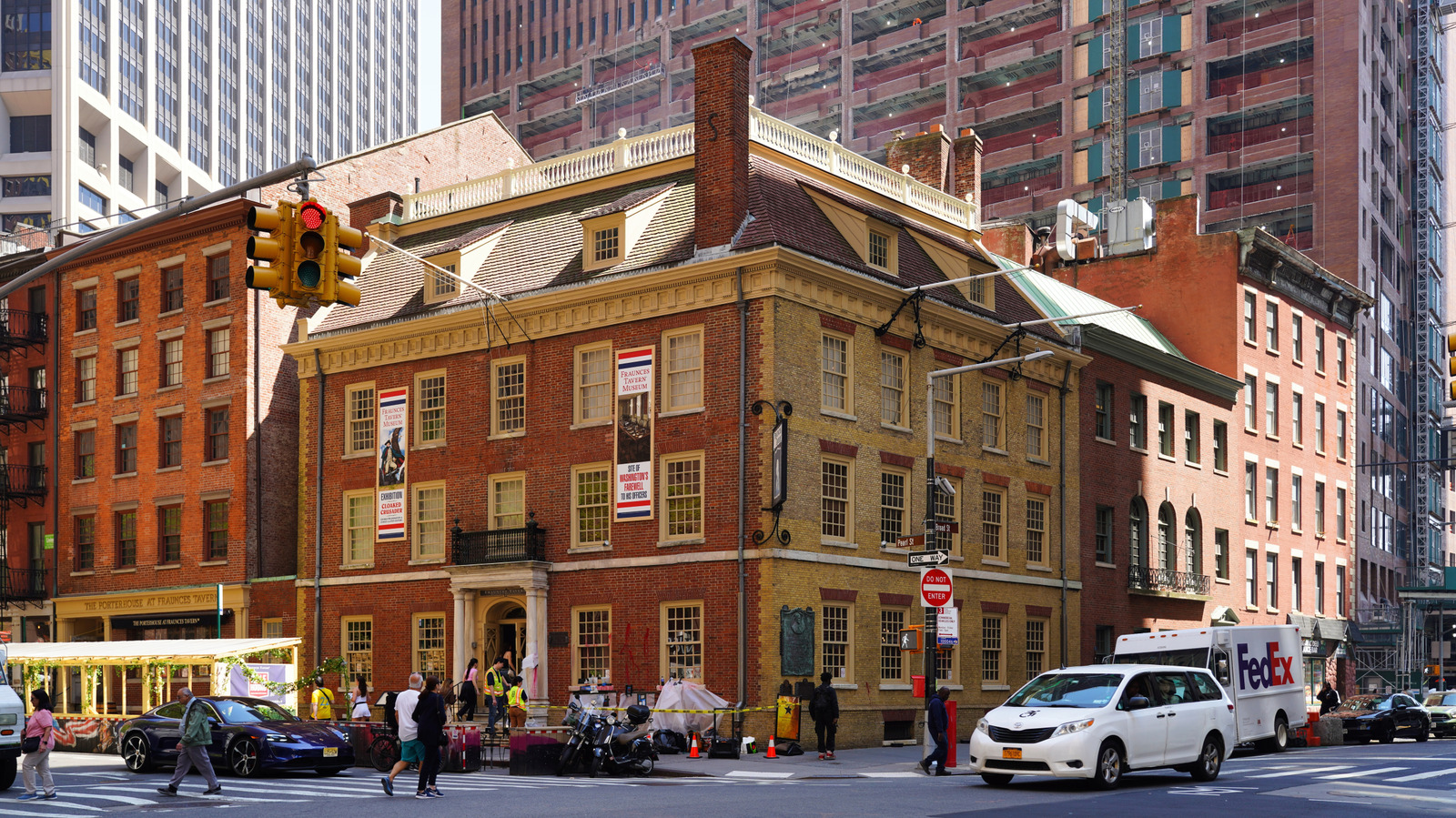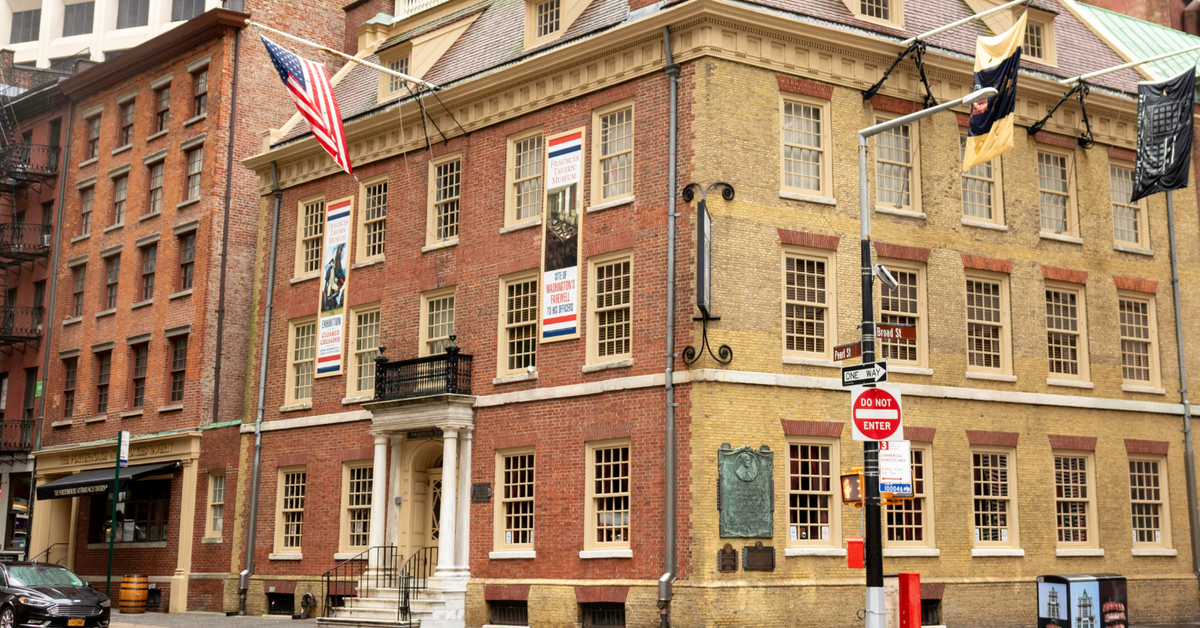#american-revolution
#american-revolution
[ follow ]
fromThe Atlantic
1 month agoThe Triumphs and Tragedies of the American Revolution
On this episode of The David Frum Show, The Atlantic 's David Frum opens with an urgent warning about TikTok's looming deal with Trump-aligned insiders-a move David calls the "biggest giveaway since the days of the railway grants." He argues that the American media landscape has been quietly transformed, and political power has shifted from legacy outlets to algorithmic platforms loyal to the president.
US politics
fromThe Atlantic
2 months agoThe Atlantic presents special issue: "The Unfinished Revolution"
Some are instantly recognizable-Benjamin Franklin, Thomas Jefferson--while other figures will be less familiar. Standing beside George Washington is a man he enslaved, Harry Washington, for whom no image exists. Altogether, the figures represent different sides of the war, of the period's political ferment, and of early American society itself, and convey the ambition of this special issue: to capture the Revolutionary era in all of its complexity, contradictions, and ingenuity.
History
fromThe Atlantic
2 months agoThe Myth of Mad King George
Three miles south of Windsor Castle, in the western exurbs of London, stands a 25-ton equestrian statue of King George III, cast from old cannons in the decade after his death in 1820. Dressed as Marcus Aurelius, in toga and laurel crown, he sits astride his charger, regal and oversize, honored if not revered for a reign that lasted almost 60 years, from the creation of the first British empire in the Seven Years' War through the final defeat of Napoleon.
History
from24/7 Wall St.
4 months agoThese Weapons Are Ancient, but Americans Still Use (and Love) Them
Flintlocks and muskets are among the earliest firearms and were used from the 1600s through the early 1800s. A flintlock is a type of firing mechanism that uses a piece of flint striking steel to ignite gunpowder, while a musket refers to the long gun itself, typically smoothbore and loaded from the muzzle.
US news
US politics
fromwww.npr.org
5 months agoOpinion: A royal seal of approval
Diverse reasons exist for the American Revolution, including desires for liberty, opposition to taxation, and even support for British sports.
The British royal family continues to influence modern luxury brand marketing through Royal Warrants that validate quality goods.
NYC real estate
fromNew York Post
8 months agoExclusive | This newly listed Bronx home is believed to be the oldest in the borough: 'It really tells the story of New York in 1 house'
The Old Hadley Farm House is a historical landmark for sale in The Bronx for $1.49 million, celebrated for its age and significance.
[ Load more ]






